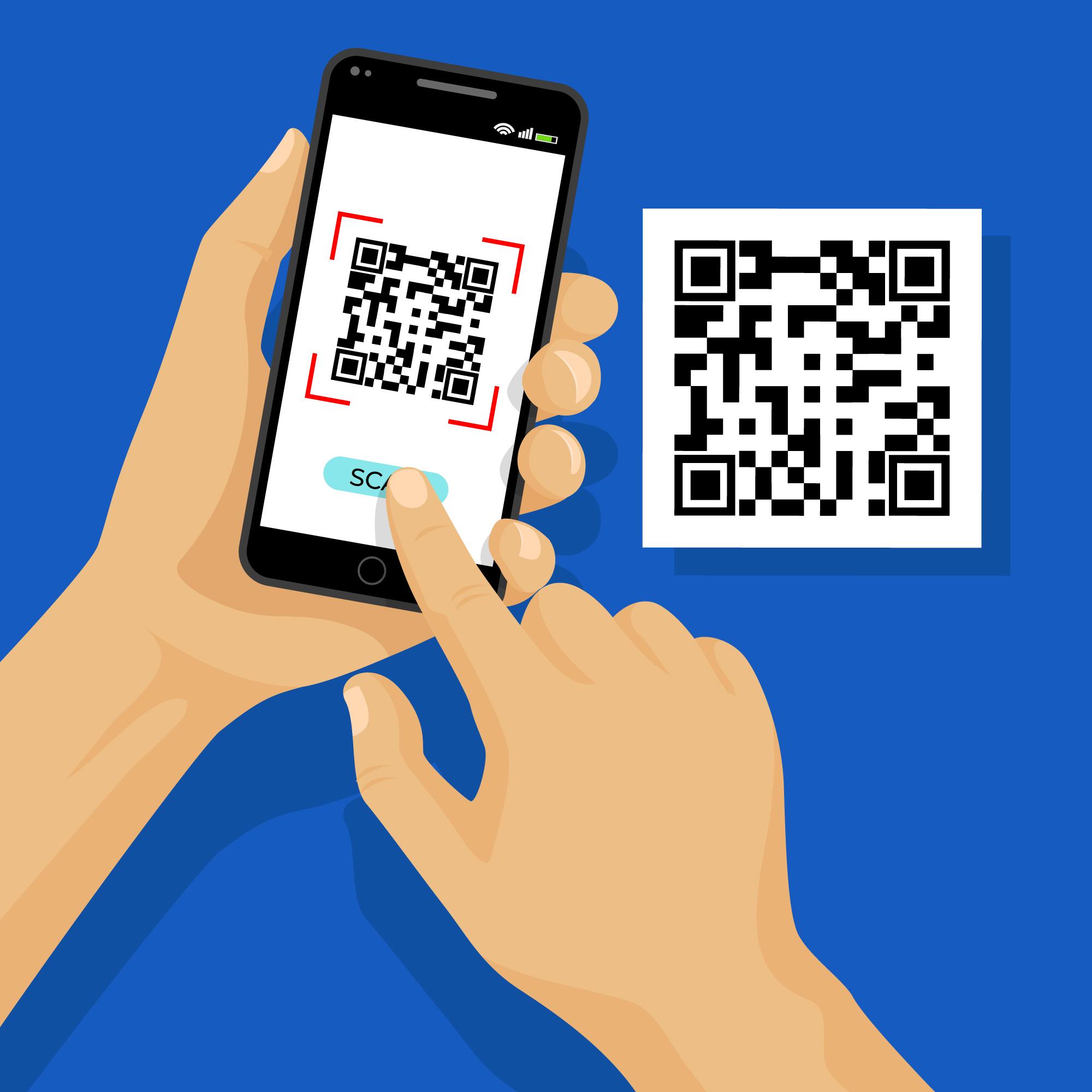China has quickly sailed past the use of credit cards. They have gone straight into using a completely digital form of payment. From a fancy dinner to a street market kebab you are able to pay directly from popular apps. Such as WeChat or Alipay on your mobile device.
China is leading a new revolution in digital pay through digital wallets and QR codes. This digital form of payment works well in China. The use of credit cards proved to be unpopular when first introduced. When looking at the preferred payment methods in the larger cities it is clear which comes out on top. With over 90% of people using WeChat and Alipay. Followed by cash and then only a small number opting to use credit/debit cards.
Although cash seems to be the second most popular form of payment. It is becoming increasingly inconvenient for those wanting to make larger payment sums. The highest circulating note in China is 100 yuan which is around 13 euro. When we see what is available across the pond such as the 100 dollar bill or 500 euro note. In comparison this is a very low valued note. Not at all practical when it comes to paying a large amount.
With this digitised payment method such a success in China, with Alipay alone reaching 1.2 billion monthly users in 2019. It has many wondering if this will be the payment method of the future across the globe. So, why is this system beneficial and why aren’t we already using it?
Pros
The use of these payment services have been beneficial in a number of ways for consumers and merchants in China. It’s simplicity and efficiency have been noted as major plus points. For example businesses no longer need to have special machines and consumers can simply scan a QR code to pay without the need to type 16 digit credit card number into your computer or phone.
Furthermore, small amounts of money that you wouldn’t usually use your credit card for can be spent, like a quick drink for 80 cents from your local vendor. Additionally, this payment system works well for Small businesses as they are able to connect to a modern financial infrastructure.
Cons
There have been some concerns that surround this payment method and speculations into how this won’t be adaptable in places such as the US or UK.
In regards to the question if the system would work on a wide scale many meet this with skepticism as they believe one size does not fit all. China’s payment system was specifically engineered to meet their needs and therefore works for them, this does not necessarily mean that it is adaptable everywhere else. Furthermore, In countries where the banking system is strong they would be reluctant to give away that power and source of revenue. Likewise, consumers may not want to move to a non-bank payment system in fear of losing the protection that one provides.
Some have also suggested that the idea of powerful tech companies from which digital payment services would run through would have too much power if they were additionally able to collect data on spending habits.
It is clear that there is still great uncertainty surrounding when and if this move away from a traditional banking system to social media will take off. As additional research into the benefits of this digital payment method unfolds we will hope to uncover more answers.


